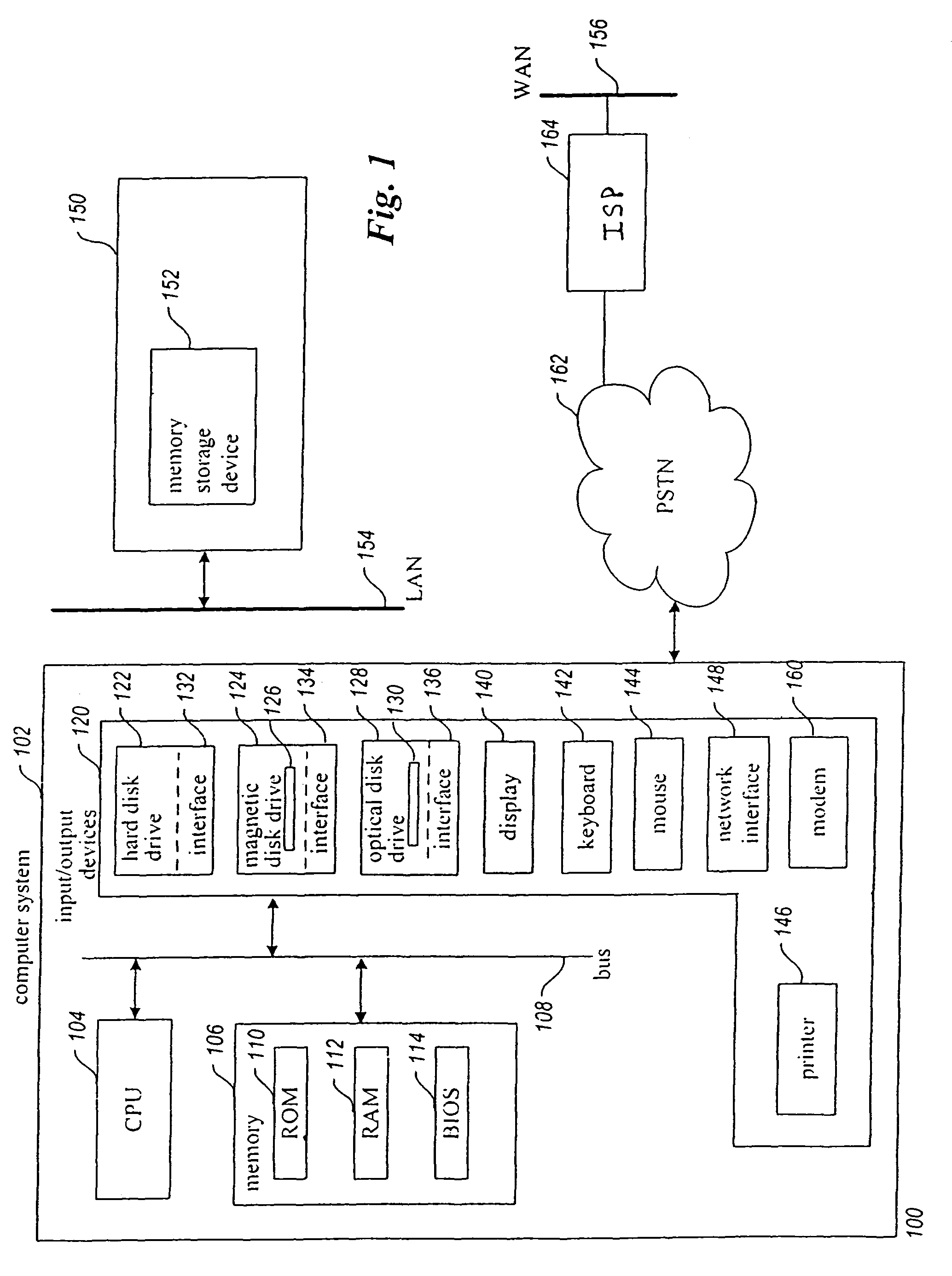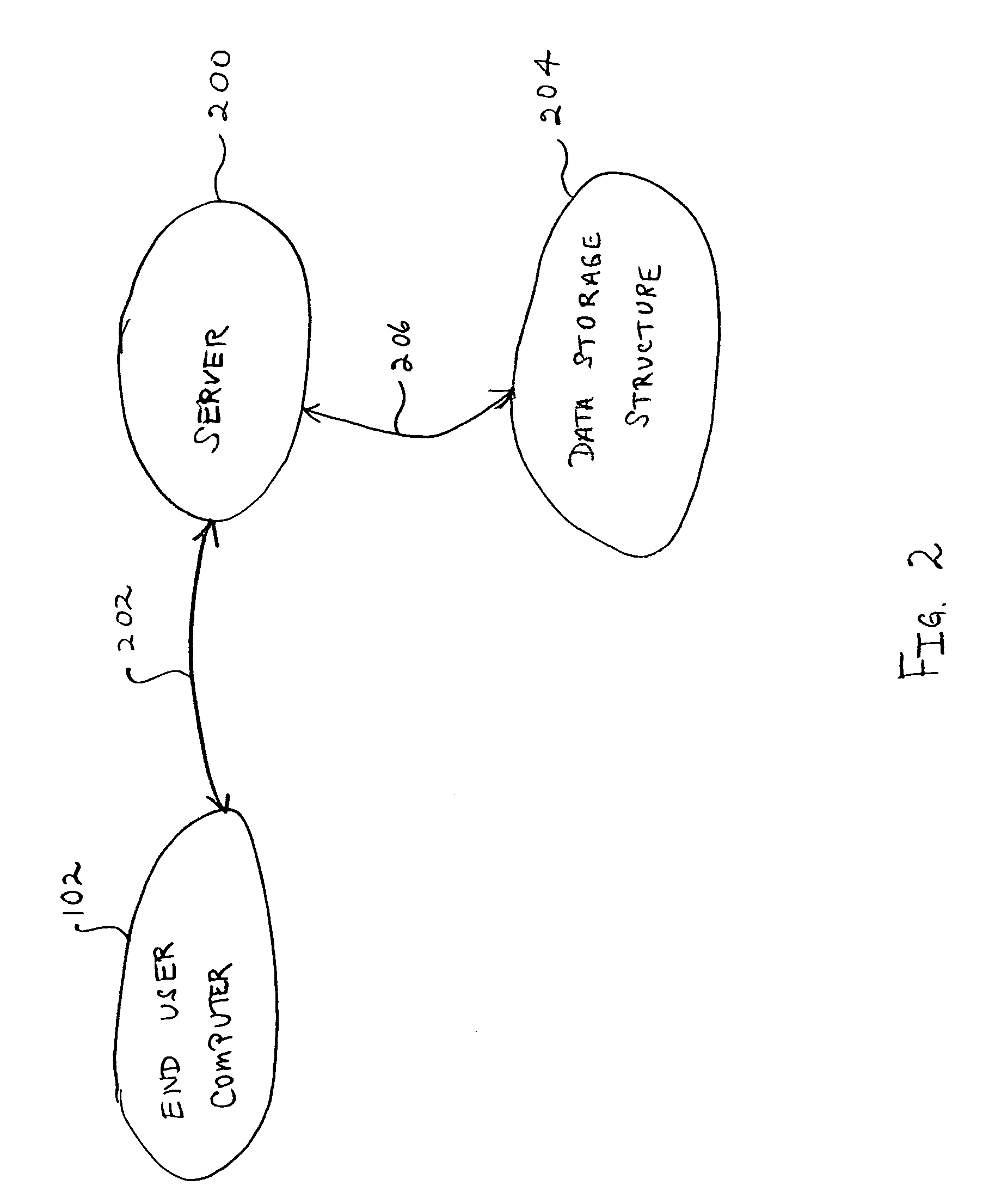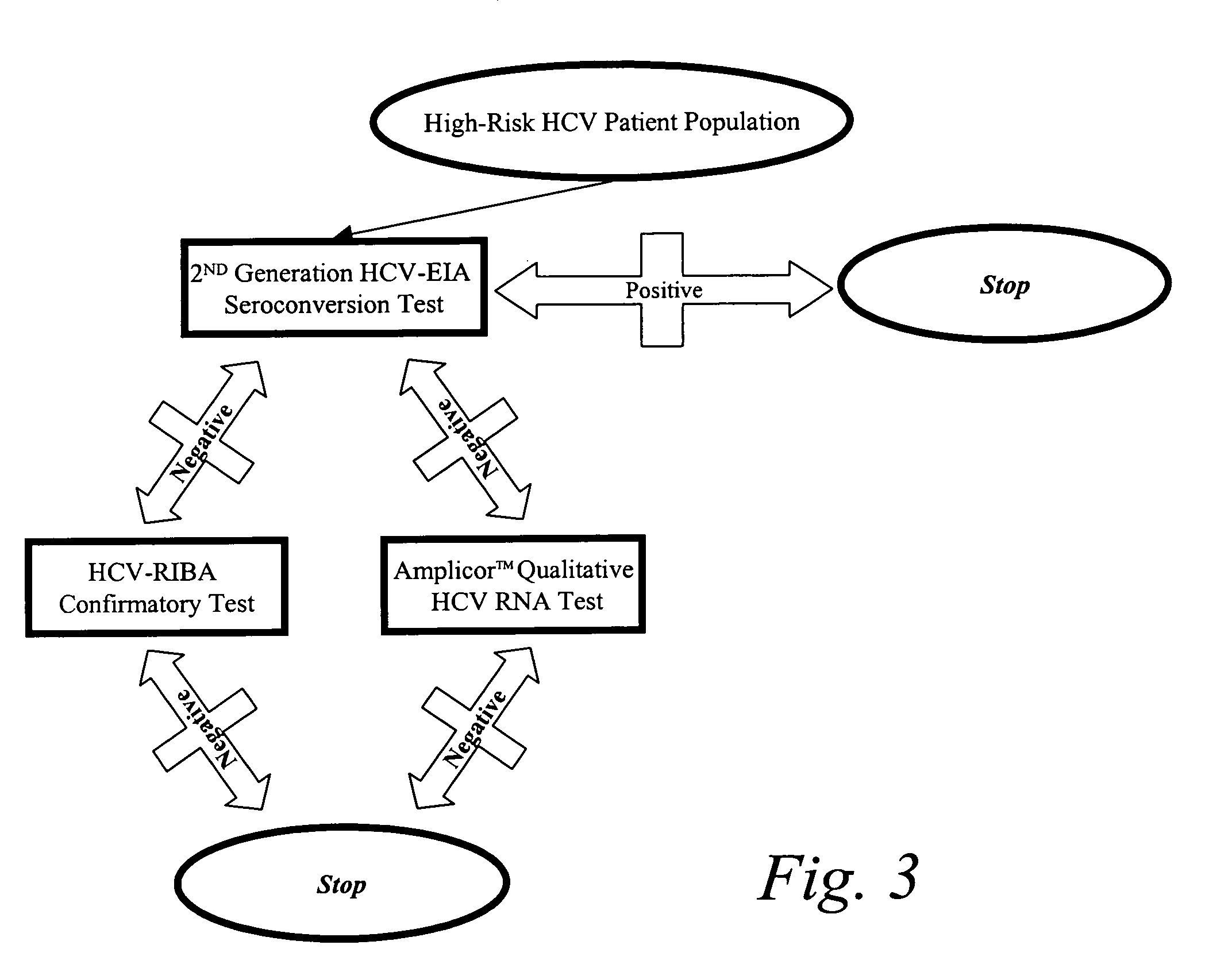System and method for selectively classifying a population
a population and population technology, applied in the field of biological analysis, can solve the problems of increasing the risk of breast cancer, unable to realize the promise of genomics as an enabling technology in the development of new and improved clinical compounds, and little effect on the economic commercial development of mass-market drugs
- Summary
- Abstract
- Description
- Claims
- Application Information
AI Technical Summary
Problems solved by technology
Method used
Image
Examples
Embodiment Construction
[0020]The present invention describes an alternative to the historical use of genomics in the drug development process as a tool to understand disease and predict risk thereof. Rather than using genomics to understand why some people become sick, the present invention describes a process to determine the genetic influences that allow people to remain healthy, even under conditions where they are expected to be sick. Such disease-associated conditions are hereafter termed risk factors and may contain without limitation any combination of known or hypothesized a) host factors (for example, genetic predisposition and anthropometry); b) environmental factors (for example, socioeconomic status and lifestyle); or c) causative agent exposures (for example, viral exposure). By using genomics to identify mutations that lead to a healthy rather than a diseased phenotype, the present invention provides a more efficient and directed process for identifying highly validated drug targets.
[0021]A ...
PUM
| Property | Measurement | Unit |
|---|---|---|
| concentrations | aaaaa | aaaaa |
| frequency distribution | aaaaa | aaaaa |
| allele frequency | aaaaa | aaaaa |
Abstract
Description
Claims
Application Information
 Login to View More
Login to View More - R&D
- Intellectual Property
- Life Sciences
- Materials
- Tech Scout
- Unparalleled Data Quality
- Higher Quality Content
- 60% Fewer Hallucinations
Browse by: Latest US Patents, China's latest patents, Technical Efficacy Thesaurus, Application Domain, Technology Topic, Popular Technical Reports.
© 2025 PatSnap. All rights reserved.Legal|Privacy policy|Modern Slavery Act Transparency Statement|Sitemap|About US| Contact US: help@patsnap.com



